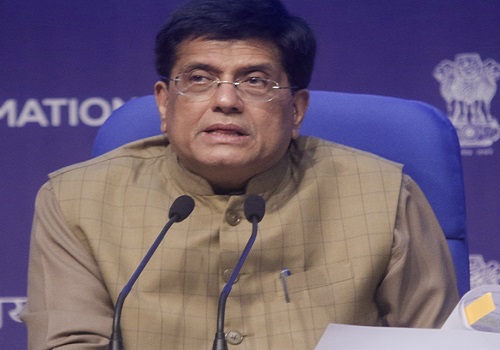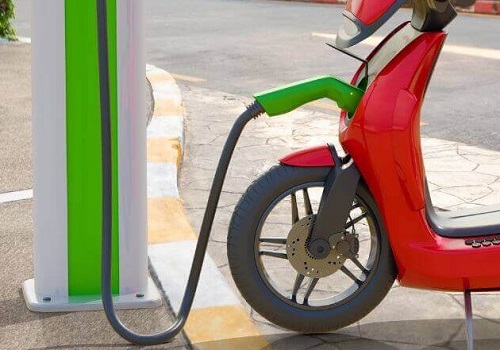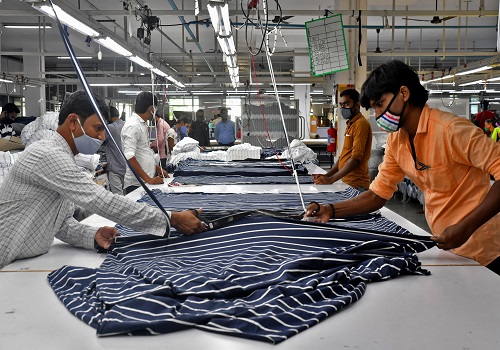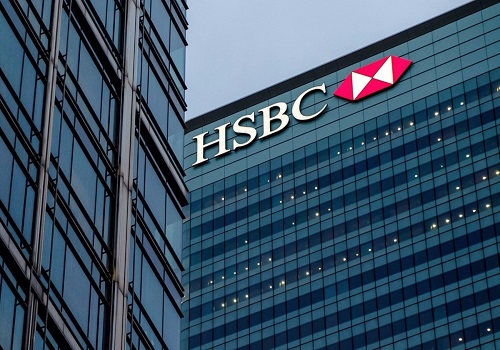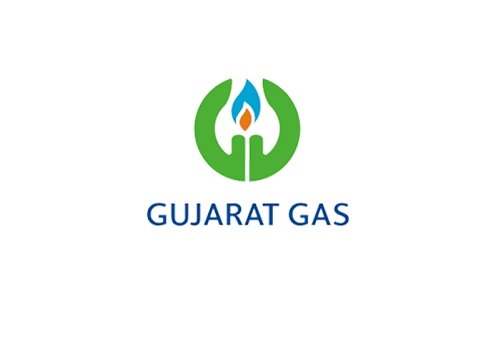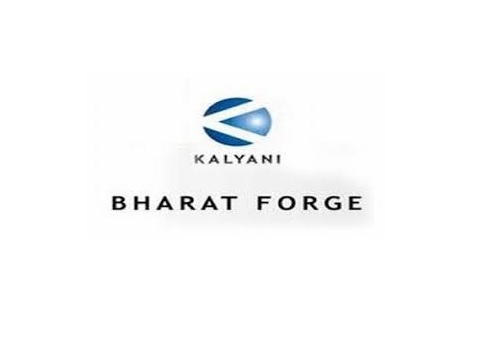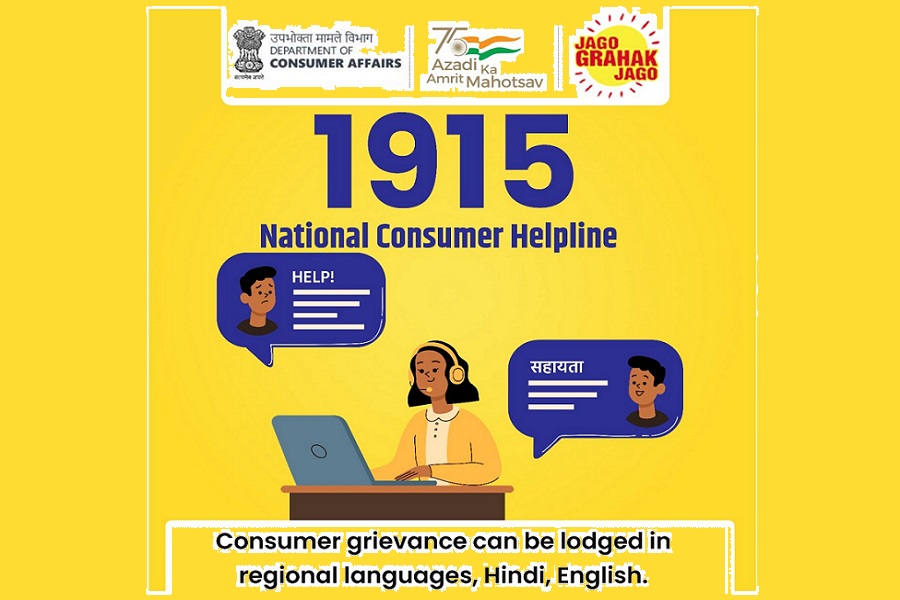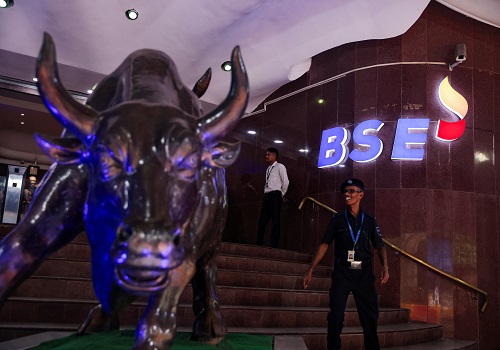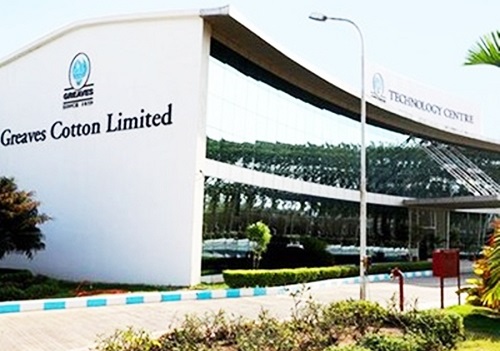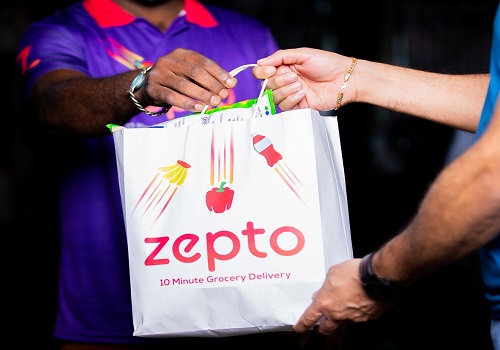Scarnose International coming with an IPO to raise upto Rs 6.60 crore

Follow us Now on Telegram ! Get daily 10 - 12 important updates on Business, Finance and Investment. Join our Telegram Channel
Scarnose International
-
Scarnose International is coming out with an initial public offering (IPO) of 1200000 equity shares of face value of Rs 10 each for cash at a fixed price of Rs 55 per equity share.
-
The issue will open on June 14, 2022 and will close on June 17, 2022.
-
The shares will be listed on SME Platform of BSE.
-
The share is priced 5.50 times higher to its face value of Rs 10.
-
Book running lead manager to the issue is Finshore Management Services.
-
Compliance Officer for the issue is Ankita Vivekkumar Shah.
Profile of the company
The company is mainly engaged in Trading of diverse range of raw cotton, cotton bales & yarn. Currently, the company has started manufacturing of readymade garments through different job workers. These garments are made using printed fabric and solid dyed fabrics. Most of the garments are supplied with extensive value addition involving embroidery, hand embroidery and hand work including beads, sequences. Latest trend, fashion and lifestyle are having an impact while designing its product range. Currently, the company is in textile sector both in trading and manufacturing.
The company procures cotton bales from different ginners (A person who operates a Cotton gin i.e., a Cotton engine which quickly and easily separates cotton fibers from their seeds enabling much greater productivity than manual cotton separation) where-by they provide it cotton in the form of bales. The promoters had existing relationship with many mills and factories and tied up with them, wherein the Company sales cotton bales to them. Most of the clients of its Companies are ginners and cotton factories. It provide Cotton Bales in varied specifications and at economical prices.
Having gained experience in this industry, now the company has started manufacturing ladies dress materials particularly Kurtis from the financial year 2021 through outsourcing model and selling in its own domestic brand “Scarnose”. Its product sourcing of best quality at economical prices results in fine variety of raw cotton, bales and yarn and manufactures Kurtis at best possible prices thus keeping its costs low. It has endeavoured to introduce new styles, fits, finishes and have started manufacturing through outsourcing model. It offer an extensive range of designs, colours, styles and patterns of Kurtis. With large number of different colours and styles, customers have a good number of options. Right from the initial stage that involves the client preferences to constructing the most desirable collections, it ensure complete satisfaction to its client.
Proceed is being used for:
-
Meeting the working capital requirements.
-
Making the repayment of unsecured loan.
-
Meeting the issue expenses.
-
General corporate purposes.
Industry overview
The textiles and apparel industry can be broadly divided into two segments - yarn and fibre and processed fabrics and apparel. India’s textiles sector is one of the oldest industries in the Indian economy, dating back to several centuries. The industry is extremely varied, with hand-spun and hand-woven textiles sectors at one end of the spectrum, while the capital-intensive sophisticated mills sector on the other end. The decentralised power looms/ hosiery and knitting sector forms the largest component in the textiles sector. The close linkage of textiles industry to agriculture (for raw materials such as cotton) and the ancient culture and traditions of the country in terms of textiles makes it unique in comparison to other industries in the country. India’s textiles industry has a capacity to produce wide variety of products suitable for different market segments, both within India and across the world.
India’s textiles industry contributed 7% to the industry output (by value) in 2018-19. The Indian textiles and apparel industry contributed 2% to the GDP, 12% to export earnings and held 5% of the global trade in textiles and apparel in 2018-19. The share of the India’s textiles and apparel exports in mercantile shipments was 11% in 2019-20. Textiles industry has around 4.5 crore employed workers including 35.22 lakh handloom workers across the country. Cotton production is expected to reach 37.10 million bales and consumption is expected to reach 114 million bales in FY21-13% growth over the previous year. The domestic textiles and apparel market stood at an estimated $ 100 billion in FY19. The production of raw cotton in India is estimated to have reached 35.4 million bales in FY20.
Pros and strengths
Well-defined organizational structure: The company has a qualified and experienced management team empowered to take timely decision which makes the operations of its business smoother and ensures efficiency in all aspects of its operations. Its senior management has pioneered its growth and fostered a culture of innovation, entrepreneurship and teamwork within its organization. A motivated and empowered employee base is key to its competitive advantage. Its Human Resources Policies are aimed towards recruiting talented employees, facilitating their integration into its organization culture and encouraging the development of their skills and expertise for becoming the next generation leaders. Its experience, knowledge and human resources will enable it to drive the business in a successful and profitable manner.
Customer centric business model: The company focus on attaining highest level of customer satisfaction. Understanding the consumer is one of the most important skills required to be successful in this business. The progress to be achieved by it will be largely due to its ability to address and exceed customer satisfaction. The company always assessed the changing customer preferences from time to time and redesigning its products accordingly by continuously exploring new types of trends.
Smooth flow of operations: Over the year, the company has developed a wide clientele base and this was done with its valued based relationship approach. Its existing relationships help it to get repeat businesses from its customers. This has helped it to maintain a long-term working relationship with its customers and improve its customer retention strategy. Its existing relationship with its clients represents a competitive advantage in gaining new clients and increasing its business.
Risks and concerns
Highly dependent upon few suppliers: The company had started its business with a single supplier in the FY 2019-20. For the Financial Year ended as on March 31, 2021, its top 10 suppliers contributed around 79.35% and top 5 suppliers contributed around 63.75% of its purchases. For the Financial Year 2021-22, its top 10 suppliers contributed around 76.92% and top 5 suppliers contributed around 63.88% of its purchases. In the event of a delay, inadequacy or default in deliveries by any of its vendors, it may not be able to source its material on an adequate and timely basis or on commercially acceptable terms. A major disruption to the timely and adequate supplies of its materials could adversely affect its business, results of operations and financial condition. Any problems faced by its suppliers in their manufacturing facilities resulting in delays or non-adherence to quality requirements could adversely impact its ability to meet its customers’ requirements in time and its operations would be affected to the extent it is unable to line up supplies from alternate suppliers.
Business is seasonal in nature: Currently, the company is engaged mainly in domestic sales of trading in cotton bales, yarn, Kurtis and other dress materials. Its business exhibits seasonality particularly for the Dress materials including kurtis due the festivals or important functions like Marriage, Religious activities etc. It is impacted by seasonal variations in sales volumes, which may cause its revenues to vary significantly between different quarters in a Fiscal. Typically, it see an increase in its business during navarati, before Diwali and during end of season sales. Any substantial decrease in sales other than the other quarters could have a material adverse effect on its financial condition and results of operations.
Competition from other established competitors: The company’s business is driven with various factors like intense competition from established as well as unorganized players. Its competition depends on several factors which includes quality, price and most importantly to upgrade with the latest trend to reap optimum sales. Its competition varies for its products and regions. It compete with other manufacturers on the basis of product range, product quality, and product price including factors, based on reputation, regional needs, and customer convenience. While these factors are key parameters in client’s decisions matrix in purchasing goods; product range, product quality and product price is often the deciding factor in most deals. The company faces competition from several other domestic and foreign brands present in the market as also new brands that may enter in the market in the future.
Outlook
Scarnose International manufactures and trades agricultural commodities such as cotton trading, garment manufacturing, yarn trading, and fabric trading. The company has a network of printing, weaving, and stitching units. It procures cotton bales from different generous and offers the best quality cotton bales to the principal markets of India. Scarnose International Limited's product portfolio includes raw cotton, cotton bales, yarn and garments for ladies. The company started manufacturing ladies' dress materials, particularly Kurtis, through an outsourcing model in the financial year 2021 and selling them under their domestic brand 'Scarnose'. The company buys raw materials from a variety of suppliers, such as embroidered fabric accessories, fasteners, buttons, labels, laces, and other consumables, and then the manufacturing facility begins cutting, sewing, finishing and ironing them into finished products. It has a strong management team and workforce of skilled craftsmen, trained labour, and Job workers equipped and expertise employee that has led the organization on the path to success. On the concern side, in the past, the company has extended credit to its customers for a certain tenure and at times for a long period of time and for reason concerning the financial health of its customer it may not be able to realize or recover outstanding amounts in part or in, full within a pre-determined timeframe. Besides, the company require several statutory and regulatory permits, licenses and approvals to operate its business. Many of these approvals are granted for fixed periods of time and need renewal from time to time.
The company is coming out with a maiden IPO of 1200000 equity shares of Rs 10 each at a fixed price of Rs 55 per share to mobilize around Rs 6.60 crore. On performance front, during the FY 2021-22 the revenue from operation and other income of the company increased to Rs 9,593.02 lakh as against Rs 3,255.73 lakh in the FY 2020-21. This increase was mainly due to increase in volume of operation and getting repeated orders. The restated Profit after Tax for FY 2021-22 has increased to Rs 33.42 lakh as against Rs 22.51 lakh in the FY 2020-21. Meanwhile, as a part of its growth strategy its focus is on increasing sales volume through expansion, diversification and spread in geographical outreach. Apart from expanding business and revenues it has to look for areas to reduce costs and achieve efficiencies in order to remain a cost competitive company. The company plans to increase its customers by meeting contracts in hand on time, maintaining its customer relationship and renewing its relationship with existing clients.
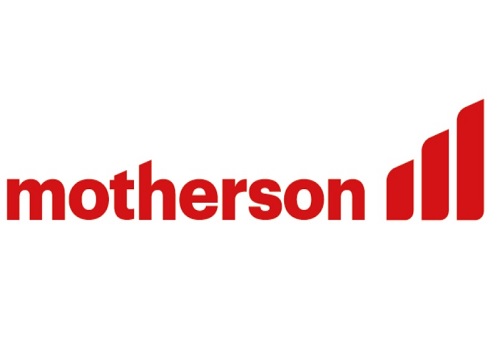
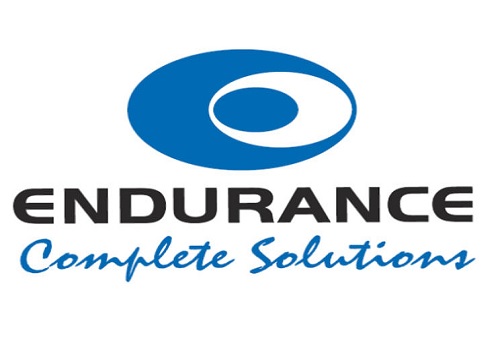
.jpg)
